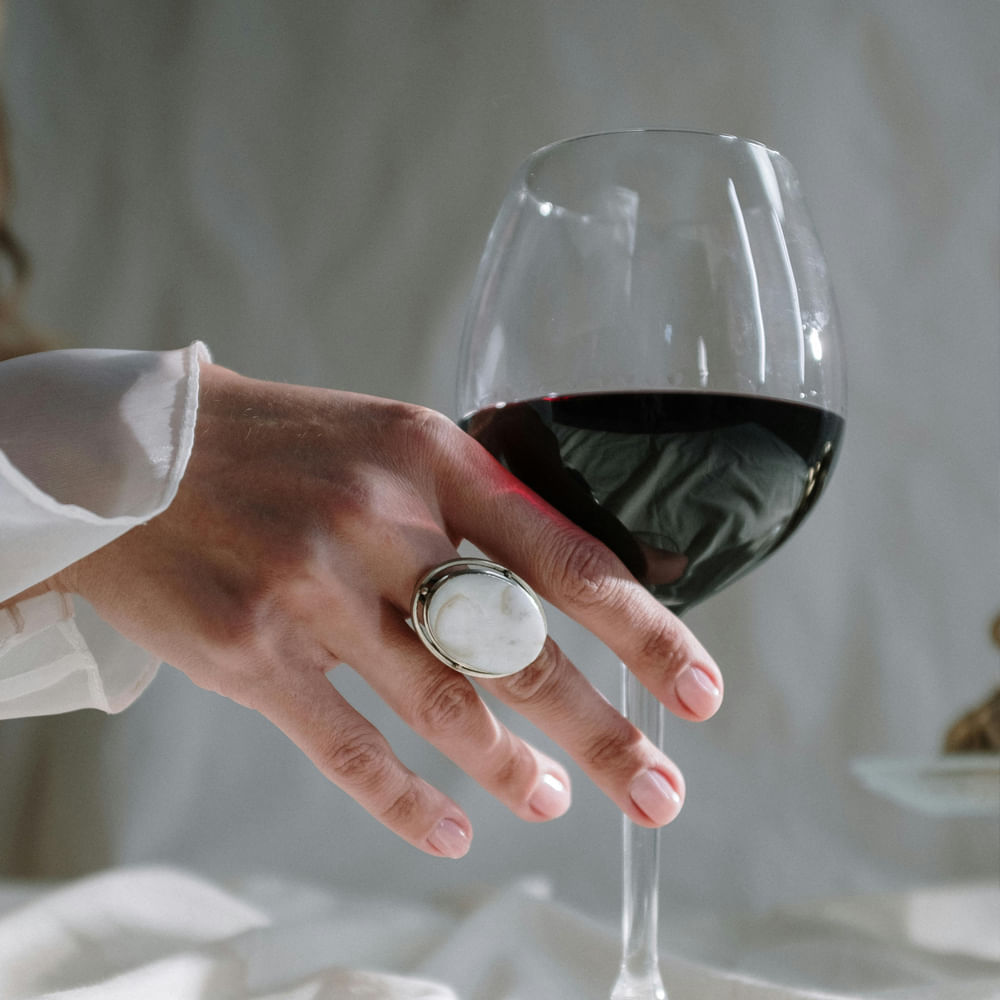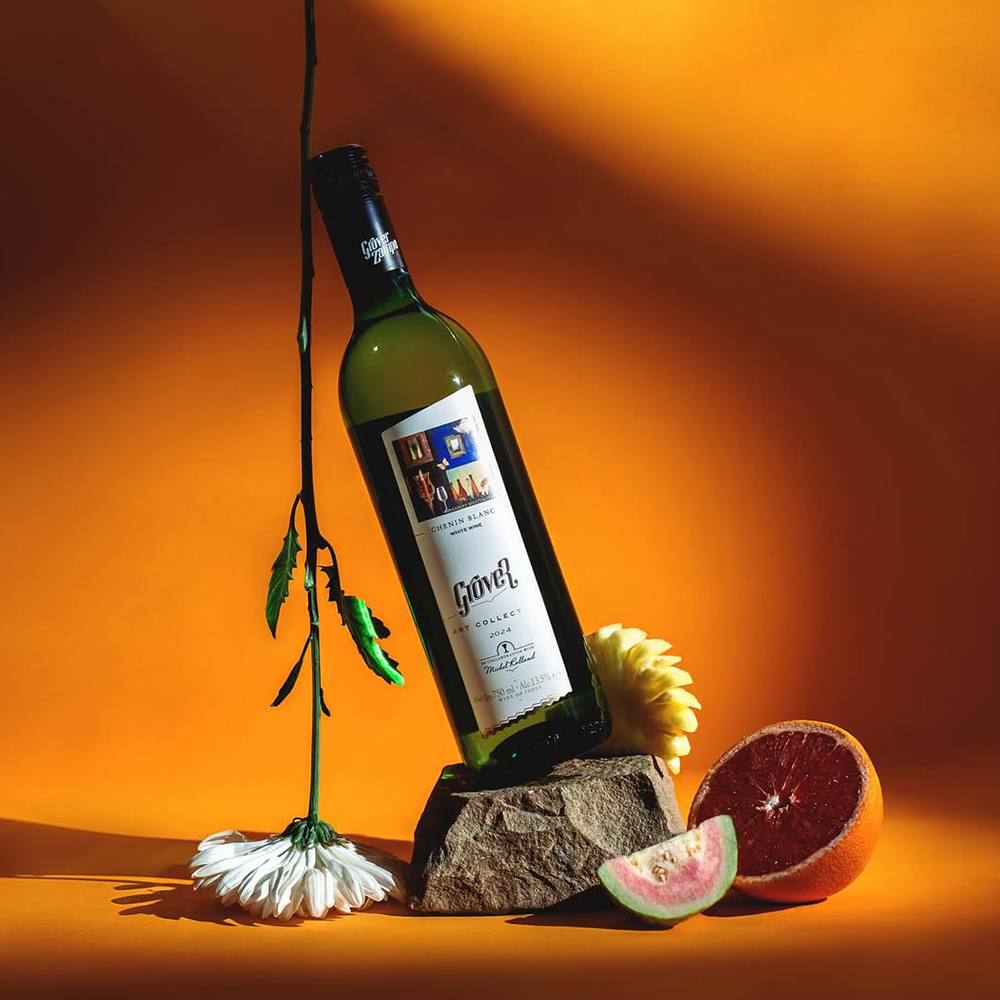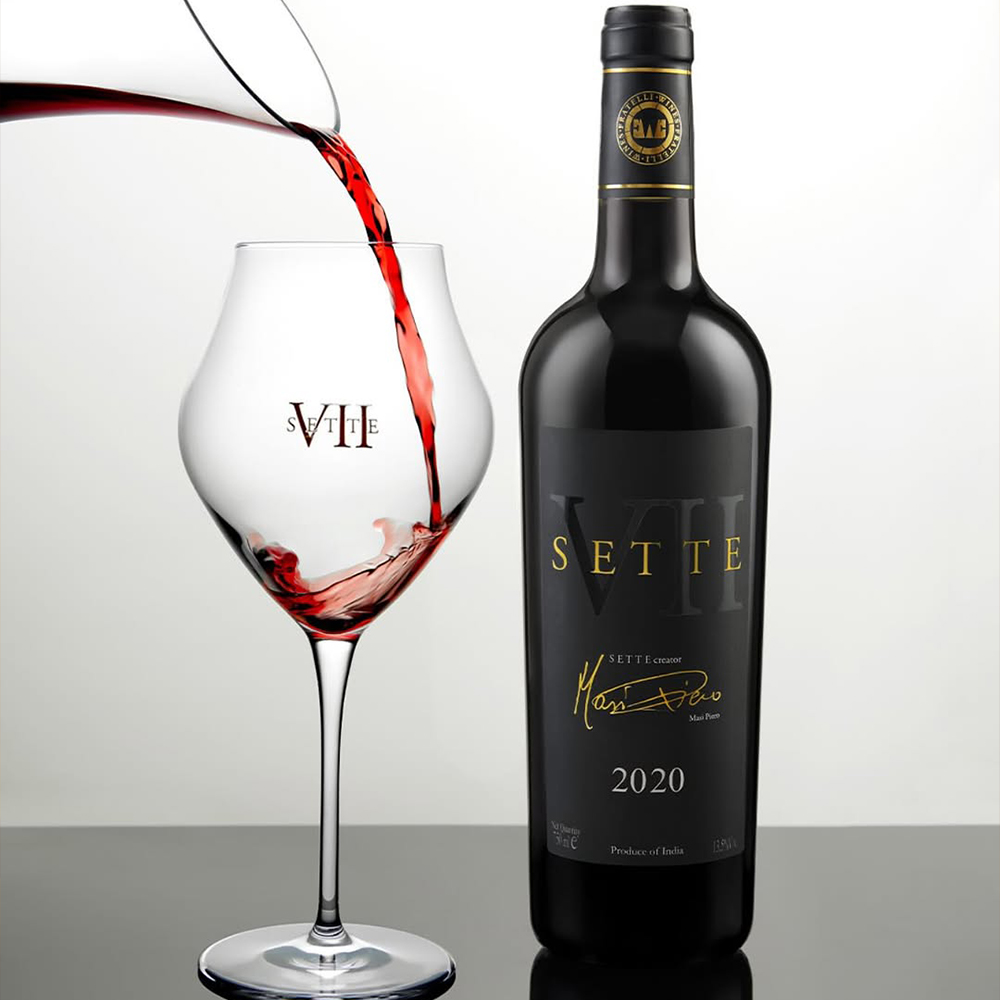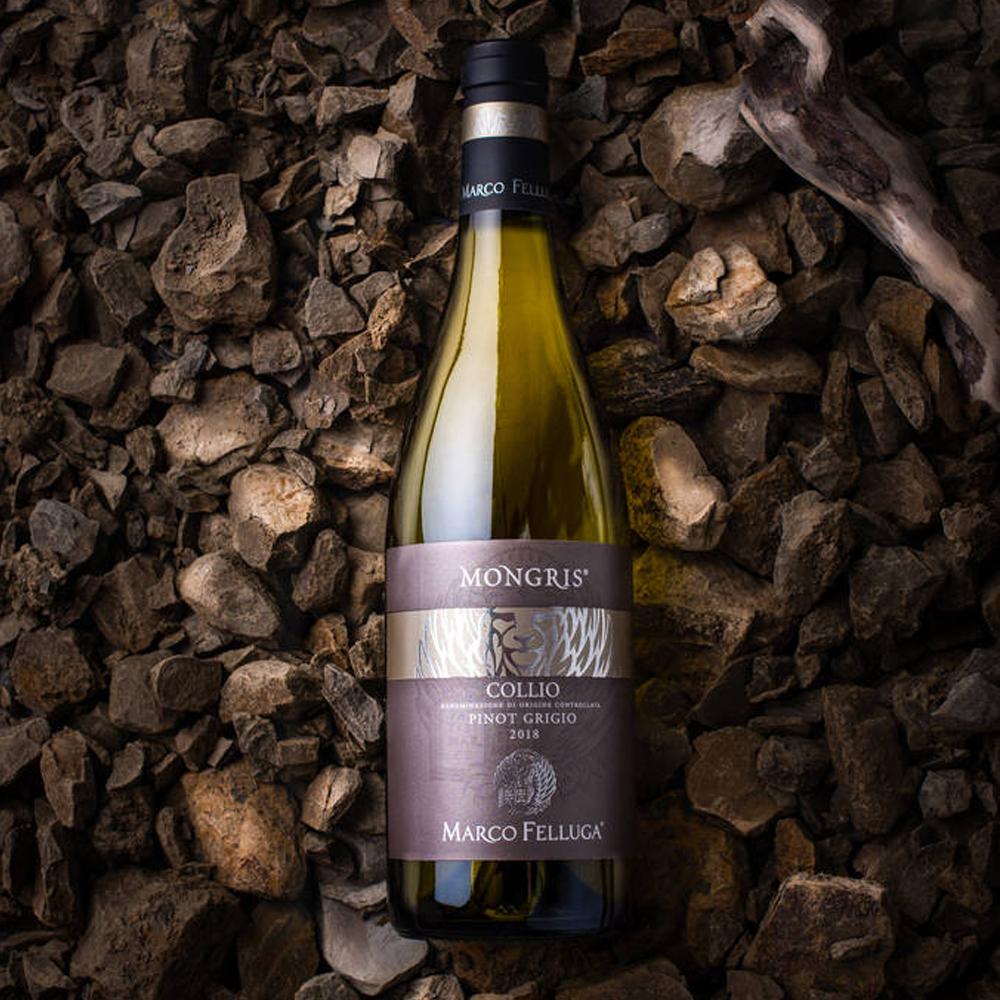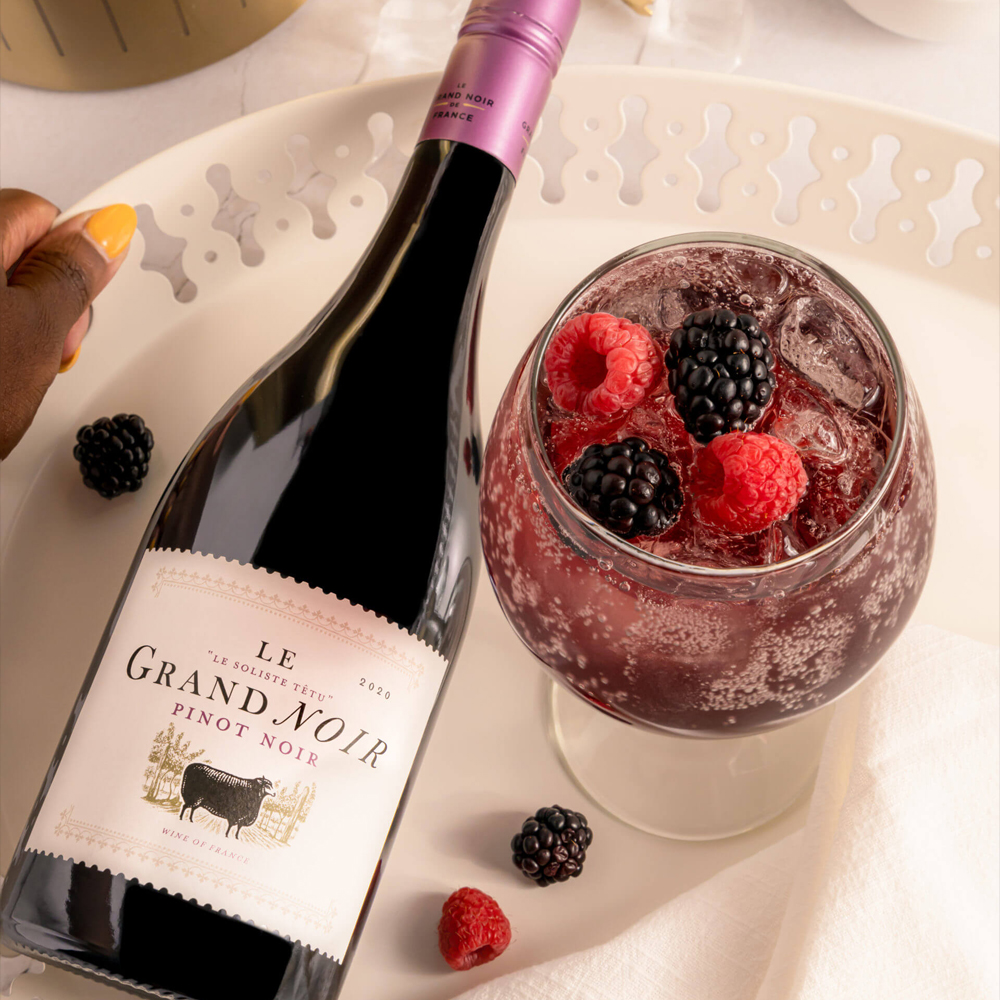As someone who used to think of wine as her resort to a drinks-but-not-drunk night, I have always wanted to understand this fermented grape concoction. My first introduction to wine was through Hollywood, where the usual glasses of water were replaced with a red liquid for dinner. While I did not initially get on with the fascination with wine, courtesy of all the "wine is just grape juice" stereotypes, I grew intrigued by it over fancy wine dinners and the wine gatherings I have been grateful to be a part of.
I would still not call myself a wine expert, but I do understand the simple satisfaction of picking a nice wine from a long bar menu. For beginners like me who want to know wine beyond the swirling and clinking, I got in touch with the master wine expert Sonal C Holland to curate this ultimate beginner's guide to wine. Cloud wine, here we come!

